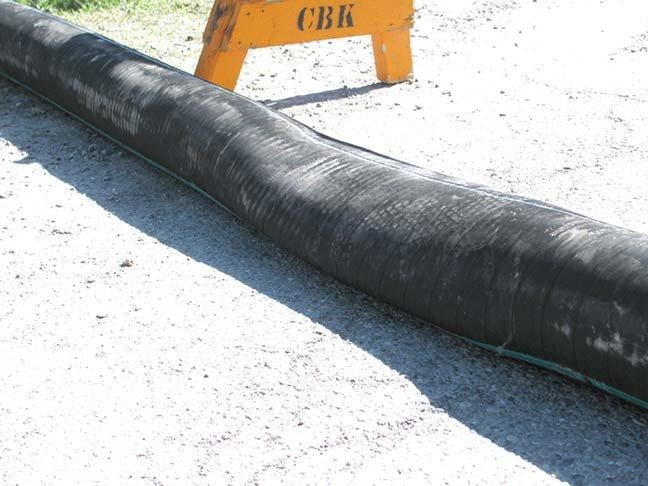The city has reported that the siphon system meant to bring water out of Elizabeth Lake and across Wattsville Road is now functioning properly.
On Wednesday, city crews failed to get the system up and running, but on Thursday were able to. It uses six-inch siphon hoses to pull water out of the lake, but getting the system to work can be a delicate process. One end of the hose is submerged, while a pump truck is used to create a vacuum then disconnected. If it works, the siphon is sustained.
"After several attempts by City of Cranbrook crews Thursday afternoon, the siphon at Elizabeth Lake across Wattsville Road is now operating and is moving water," said Chris Zettel, the city's corporate communications officer. "Crews successfully added two additional six-inch siphon lines Friday afternoon."
Zettel said the siphon hoses would continue to be monitored throughout the weekend as to avoid potential flooding problems to properties downstream.
He warned that as the system is so delicate any movement of the lines could result in air getting into the siphon lines which would shut it down and water will stop moving.
“Drivers are asked to please respect the signage and barricades in place now on Wattsville Road,” he said. “Please use an alternate route for the duration of
the work.”
He said that despite clear signage and orange barricades around the lines on Wattsville Road, vehicles had driven over it overnight Thursday, though the
siphon system continued to work.
This week, a contractor for the city will be installing a more permanent 12 inch pipe with a shutoff valve that will also cross Wattsville Road. He said once that work is complete, which should be this week, the road will be re-opened to traffic.
Urban Systems is also conducting a study of the Elizabeth Lake water issues and downstream drainage issues.
